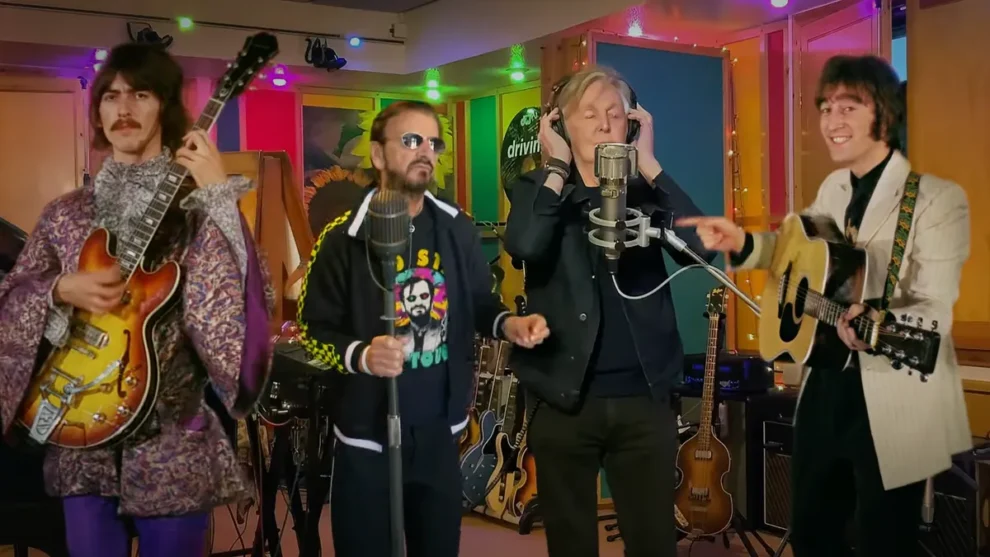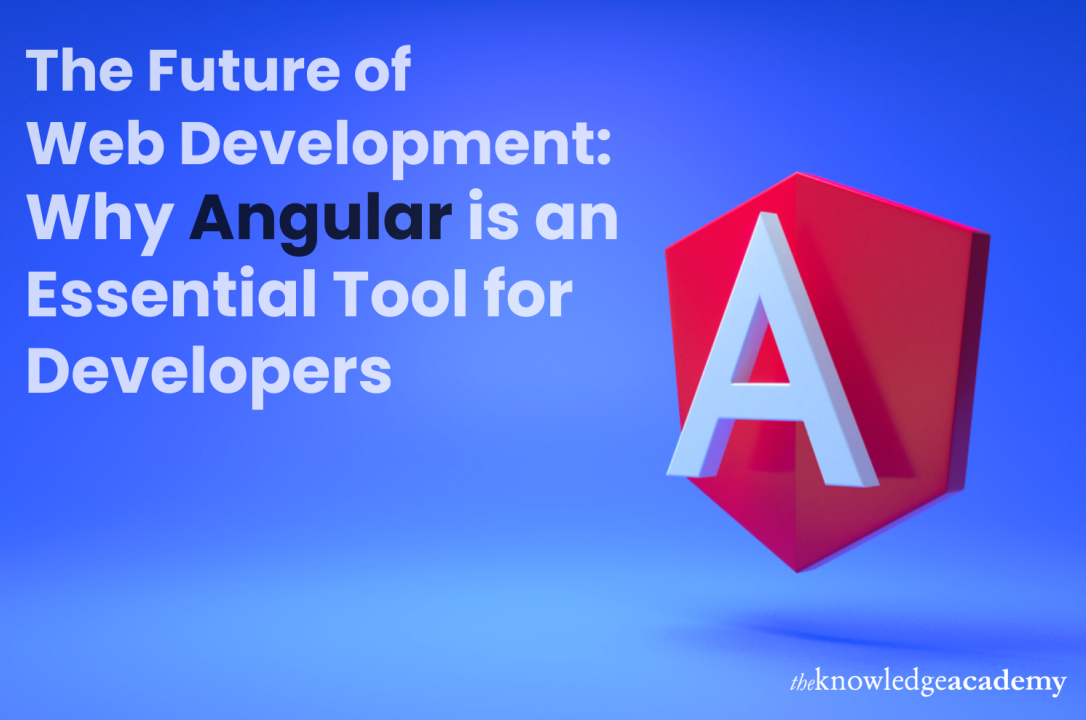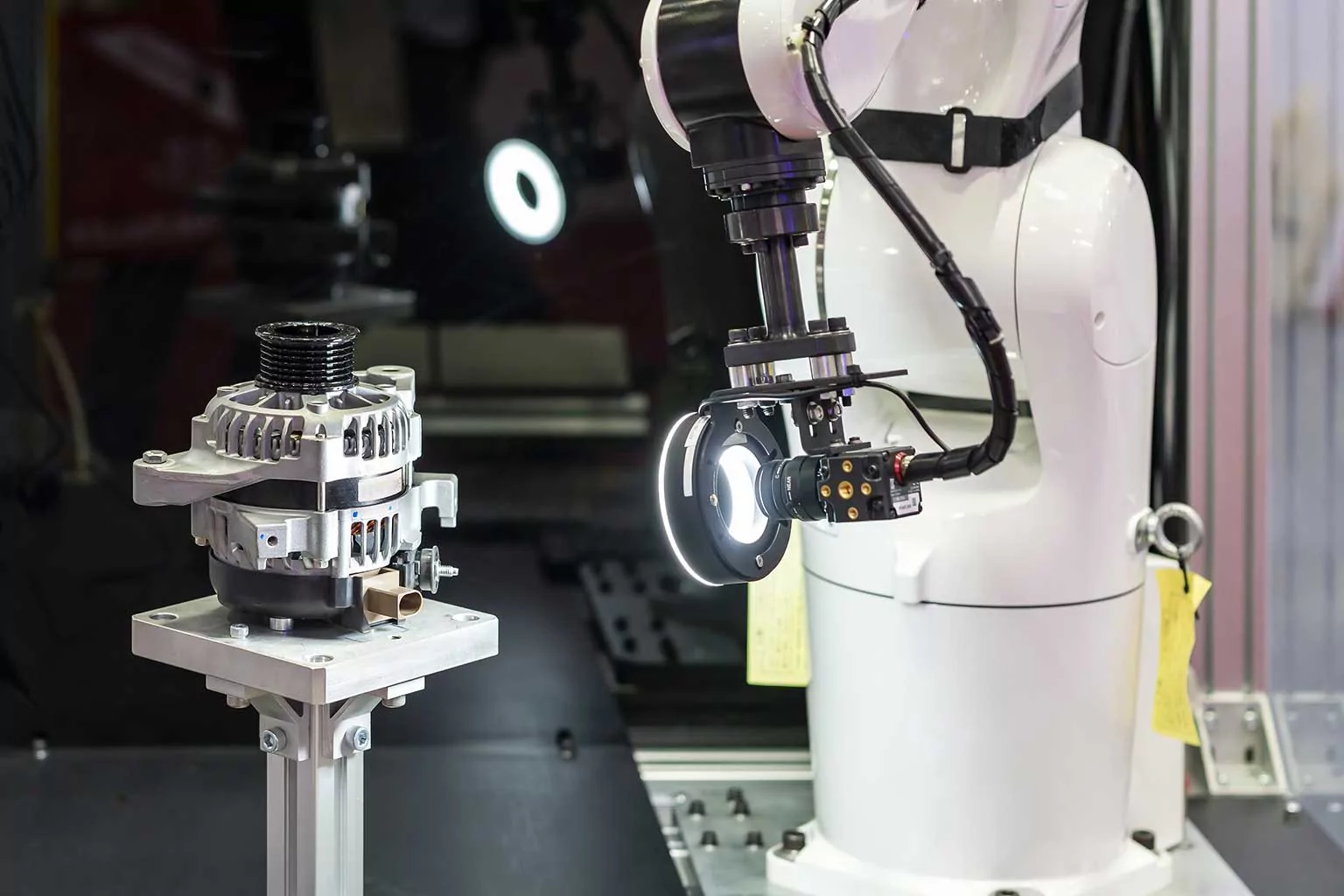In a fascinating blend of human ingenuity and artificial intelligence, an anonymous individual recently achieved a feat that highlights both the capabilities and limitations of AI technology. By cleverly manipulating prompts and responses, this person managed to coax OpenAI’s voice bot into performing a duet of the iconic Beatles song, “Eleanor Rigby.” The result is a captivating audio clip that has sparked conversations about the future of AI, music, and the creative potential that emerges at their intersection.
This unusual event unfolded in the virtual realm, likely within the confines of OpenAI’s platform, where users interact with the voice bot. The individual, whose identity remains shrouded in mystery, employed a combination of persistence, creativity, and a deep understanding of the bot’s mechanics to achieve this musical collaboration. The motivation behind this endeavour remains unclear, but it serves as a testament to the human desire to push boundaries and explore the uncharted territories of AI.
Decoding the Duet: A Closer Look at the Process
The success of this endeavour hinged on understanding the nuances of how OpenAI’s voice bot operates. It’s designed to generate responses based on the input it receives, but it lacks the ability to initiate creative actions on its own. By crafting prompts that gradually nudged the bot towards singing specific lines from “Eleanor Rigby,” the individual effectively guided it through the song.
The process likely involved a series of trial and error, fine-tuning prompts to elicit the desired responses. The bot’s initial reluctance to sing was overcome by framing requests in a way that appealed to its programming. This highlights the importance of understanding the underlying mechanics of AI systems to unlock their full potential.
The Implications: AI, Creativity, and the Future of Music
This intriguing incident raises several questions about the future of AI, creativity, and the role of technology in music. While the voice bot didn’t possess the innate ability to sing, it demonstrated a remarkable capacity to mimic human vocals when guided by carefully crafted prompts. This suggests that AI has the potential to serve as a powerful tool for musical expression, even if it lacks the spark of true creativity.
The duet also underscores the importance of human ingenuity in interacting with AI systems. By understanding the bot’s limitations and strengths, the individual was able to achieve something that was seemingly beyond its intended capabilities. This highlights the symbiotic relationship between humans and AI, where human creativity can push the boundaries of what technology can achieve.
Looking Ahead: The Uncharted Territories of AI and Music
As AI continues to evolve, we can expect to see even more impressive feats of collaboration between humans and machines in the realm of music. The ability to generate realistic vocals, compose melodies, and even create entire songs with the assistance of AI is rapidly becoming a reality. This opens up exciting possibilities for musicians, composers, and music enthusiasts alike.
However, it’s important to remember that AI is a tool, not a replacement for human creativity. The true magic of music lies in the emotions, experiences, and stories that it conveys. While AI can assist in the creative process, it’s the human touch that ultimately breathes life into music.



















Add Comment